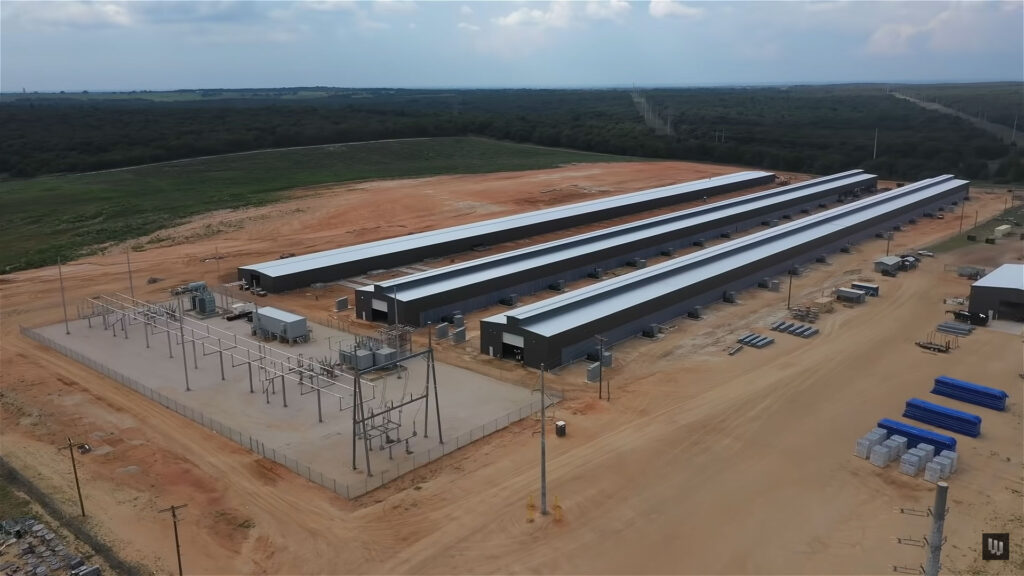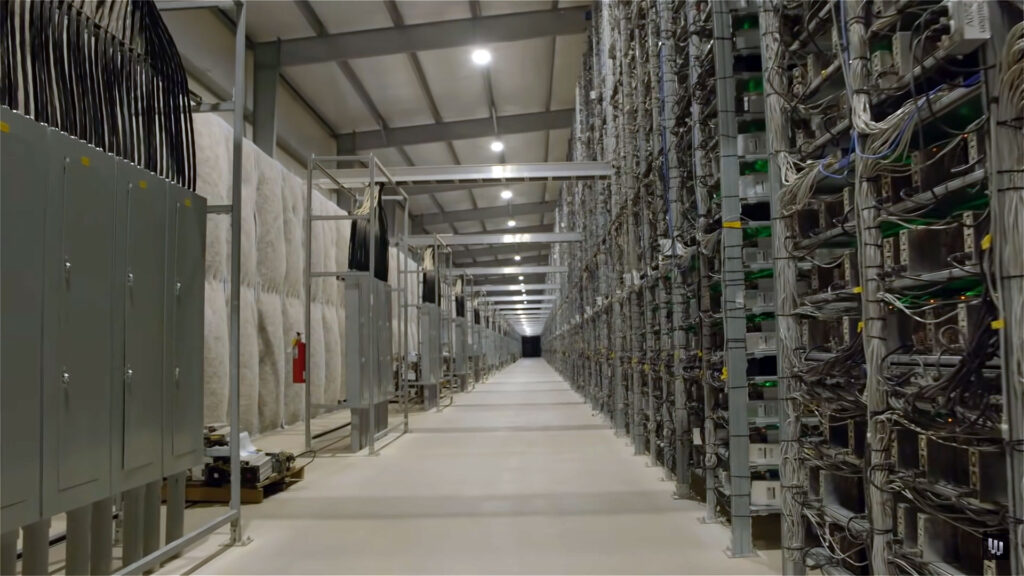
The United States has quickly emerged as a major player in the global bitcoin mining industry, hosting about a third of the world’s crypto mining operations and consuming enough energy to light nearly every residential home in the country.
Thanks to its deregulated electrical grid, Texas has become a hot spot for bitcoin mining, along with the state of New York. These two regions combined are responsible for nearly 35% of the total computer power required for bitcoin mining in the US.
According to some estimates, Texas now hosts roughly a quarter of all bitcoin mining located within the United States. Many miners set up their operations in Texas because of attractive energy prices and a favorable business environment.
China banned bitcoin mining in 2021, and the US quickly became the world’s largest crypto mining hub as a result. Several Chinese mining companies have adapted to the ban by investing millions in Texas-based firms, helping to fuel the growth.
The amount of electrical load crypto miners are expected to add to the Texas grid over the next four years represents nearly a third of its current maximum capacity. Nearly 10 mining operations have been connected so far and consume more than 27 gigawatts of load.
Rising Prices and Energy Competition
The increase in electrical demand requires new infrastructure; and that cost is often passed on to consumers, especially when its done at such a large scale. The additional consumption also reduces the available supply, further raising the price of electricity for local residents.
The more crypto mining companies that move into the state, the higher the residents should expect the energy cost to become. The prices in New York have increased by about $8 monthly for individual customers and $12 monthly for small businesses, according to analysis by UC Berkeley.

Residents may face higher rates in the short term as they compete with cryptocurrency companies for a limited supply of electricity. In the long run, the surge in new electrical demand for crypto mining could result in a massive expansion of new power sources.
Bringing more electrical power sources online to meet demand may eventually drive prices down, but there are significant upfront costs.
How much energy does bitcoin mining consume?
Cryptocurrency mining is set to increase grid demand beyond 27 gigawatts by 2026, according to numbers cited by Electric Reliability Council of Texas. To help put that into perspective, a single gigawatt can power about 200,000 homes during periods of high demand.
A 2019 study by Joule notes that bitcoin emitted between 22 and 29 million metric tons of carbon dioxide during the previous year. The emissions produced by mining bitcoin sit between the levels produced by the nations of Jordan and Sri Lanka.
As of August 2022, published estimates of the total global electricity usage for crypto-assets are between 120 and 240 billion kilowatt-hours per year, a range that exceeds the total annual electricity usage of many individual countries, such as Argentina or Australia.
While these numbers may sound high, the estimated world total electricity final consumption reached 22,848 Twh in 2019. When put into context, crypto mining accounts for a small percentage of the total global electricity consumption.
Is there any benefit to mining bitcoin?
The main driving factor behind the energy marketplace boils down to the challenge of stored electrical power. Across a large majority of the United States, electricity cannot be stored at the wholesale level, so demand and supply must constantly be balanced in real-time.
One major advantage to crypto mining is that it adds consumption flexibility to the system. Operators can start, stop, or pause computing processes, allowing for the addition of more flexible loads.

When Texas experienced a major heatwave in 2022, crypto mining companies were able to free up around a gigawatt of demand. This variable load can help increase resilience across the electrical grid and help integrate more renewable energy sources.
Bitcoin proponents will argue that these operations are excellent candidates for demand response participation because of their quick modulation capabilities, and this flexibility can be worth millions of dollars. Crypto critics will claim the issue is that cryptocurrency uses real resources for a function that has no real-world value.
Why does bitcoin need to be mined?
Mining is how new bitcoin units are minted and payment transactions are confirmed on the network. It is an essential part in preserving the decentralized nature of the system.
Known as “proof of work” consensus, the process of mining is performed by specialized hardware that solves complex computational math problems. Computers across the world compete to find a solution to each problem and is awarded bitcoin in exchange for the energy required in the process.
Miners are getting paid for their work as auditors to prevent gaming the system by verifying the legitimacy of Bitcoin transactions. Part of the value in Bitcoin, therefore, represents all of the computer hardware, electricity, and other resources ever used to mine bitcoin and run the network.
Many volunteers run full Bitcoin nodes in an effort to help maintain the ecosystem and entire blockchain record. As of now, there are roughly 12,130 public nodes running on the Bitcoin network, the most of any decentralized cryptocurrency.
How reliable is the Bitcoin network?
This system of nodes can be thought of as a worldwide payment network with over 12,000 servers processing and verifying transactions. No part of the Bitcoin network is “owned” or maintained by any one party.
The Bitcoin network has only gone down twice in its early history. The network is estimated to have been functional for 99.985% of its existence since May 2020, rivaling major tech companies like Google and Amazon.
Its estimated that 90% of the Bitcoin supply has been mined so far, or 18.9M total coins. All that remains is about 2M Bitcoin left to mine until the year 2140, over 119 years away, meaning that the supply of new coins entering the market is decreasing at a rapid pace.
The last Bitcoin will take 40 years to mine and 95% of the supply will be mined by March 2048.

